
Elevator Safety Tips for Workers and Riders
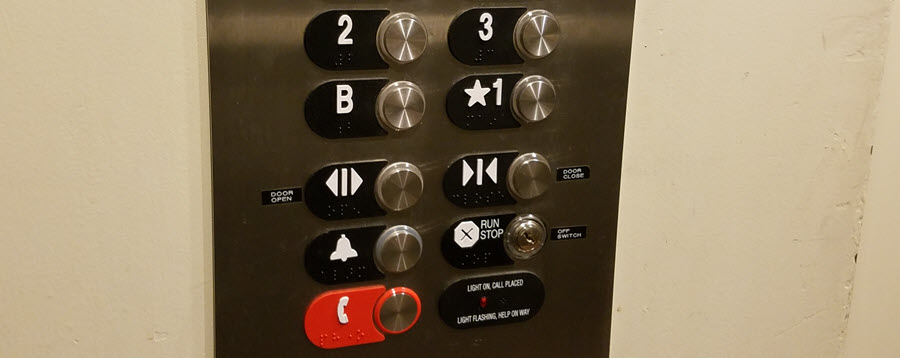
Elevators are among the safest modes of transportation, with over 325 million daily riders on some 700,000 elevators in the U.S. Yet incidents involving elevators kill more than 25 people and seriously injure another 10,000 each year, according to data provided by the U.S. Bureau of Labor Statistics and the Consumer Product Safety Commission. While elevators are statistically very safe and secure, elevator safety still has room for improvement.
Television and movies often depict dangerous elevator failures, but reality is quite different. Elevators are supported by multiple steel cables, and each cable alone can support a fully loaded car. So a plummeting elevator car full of screaming riders is more Hollywood fiction than fact. That’s comforting news for people afraid of this scenario playing out in real life!
In early 2020, the ASME A17.1-2019 Safety Code for Elevators and Escalators received a number of revisions. Important changes include: Updates to door requirements in private residence elevators and occupant evacuation elevators. Seismic requirements for elevators and escalators were clarified. Updates were made to emergency communication requirements for an elevator to ensure communication with trapped passengers, including those who are hearing impaired. And requirements were modified for increased door protection on passenger elevators.
Nevertheless, there are several steps and best practices repair workers and riders can follow to help ensure their safety when using or working on an elevator. Along with the minimum elevator safety regulations, situational awareness and respect for the posted signs are of the utmost importance. Check the elevator safety tips and resources below for details.
Elevator Safety Tips for Workers, Employers and Building Owners
Elevator and construction workers are at highest risk for elevator-related injuries. Almost half of elevator-related deaths occur to people working on or near elevators – including those installing, repairing and maintaining elevators or working in or near elevator shafts. The most common incidents are falls into the shaft, workers caught between moving parts or platforms and workers struck by elevator cars or counterweights. These are accidents that can be prevented by close adherence to best elevator safety practices as put forth by the National Elevator Industry, Inc.
To help prevent elevator-related deaths and injuries, employers and workers should take these steps:
- Ensure workplace protective practices and training are adequate.
- De-energize and lock-out electrical circuits and mechanical equipment when elevators are out of service or under repair
- Establish a permit-required confined-space program for elevator shafts
- Provide adequate fall protection during work in or near elevator shafts
- Develop an adequate inspection and maintenance program
- Use only qualified repair companies or workers for elevator repair and maintenance
- Post appropriate elevator safety signs for emergency operation, freight elevators, counterweights, elevator shafts, inspection tags, etc.
Elevator Safety Signs
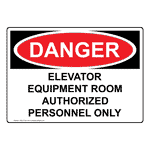 | 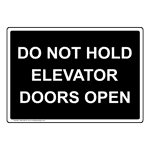 | 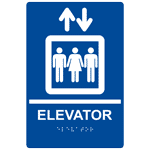 | 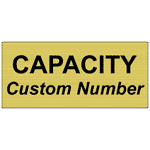 |
Elevator Safety Tips for Riders
Whenever you ride on an elevator, you should stay prepared for anything. It is statistically very safe to be a passenger on an elevator, but complacency tends to cause injury the most. There are many steps that those 325 million riders who are taking an elevator today can take to stay the absolute safest possible. By following these safety tips, you can help decrease injuries and may save lives.
When waiting for elevators:
- Look and listen for the signal announcing your car’s arrival
- Stand clear of the elevator doors and stand aside for exiting passengers
- If the arriving car is full, wait for the next car
- Don’t attempt to maneuver in or stop closing doors, wait for the next car
- In the event of a fire or other situation that could lead to a disruption in electrical services, take the stairs
When boarding elevators:
- Allow passengers exiting the elevator to clear before boarding
- Watch your step – the elevator car may not be perfectly level with the floor
- Stand clear of the doors – keep clothes and carry-ons away from the opening
- Push and hold the DOOR OPEN button if doors need to be held open, or ask someone to push the button for you
- Never try to stop a closing door, wait for the next car
- Stay distraction-free as you board
When riding elevators:
- Hold the handrail, if available
- Move to the farthest back of the elevator as possible to allow others to board and exit easily
- Stand next to the elevator wall, if available
- Pay attention to the floor indications and announcements when provided
- If the doors do not open when the elevator stops, push the DOOR OPEN button
- Stay calm if you find yourself stuck in an elevator. Use the elevator’s alarm button or emergency contact button to get help. Elevator cars are designed to be “safe rooms”, and the safest place is inside the car.
When exiting elevators:
- Exit immediately at your floor. Do not wait for others behind you
- Do not push the people in front of you when exiting
- Watch your step – the elevator car may not be perfectly level with the floor
- Stay alert and aware while exiting
In case of an elevator emergency
- If the elevator stops between floors, don’t panic – there is plenty of air in the elevator
- Reassure and calm anyone who is panicked about being stuck in the elevator
- Use the ALARM or HELP button, the telephone or the intercom to call for assistance. Follow the posted instructions for their use.
- Don’t attempt to pry open the doors
- Never climb out of a stalled elevator. Wait for qualified help to arrive. The outside of the car is an unsafe place for non-qualified personnel.
- Emergency lighting will come on in the event of a power failure
Elevator safety is an important goal for us all. Whether you are riding on an elevator or you work in and around one, following these elevator safety tips can help prevent injury or death. While obeying posted guidelines is of utmost importance, it is also important to take personal responsibility for your and others’ safety. What you choose to do while near an elevator can make all the difference! Stay alert, stay aware and stay safe.
Elevator Safety Resources:
- Learn why elevators are safer than you thought at ScienceABC
- ASME A17 Elevator Safety Standards
- OSHA standards for elevators and escalators
- Visit the National Elevator Industry site.
- Download 9 elevator industry best practices from NEII (pdf).
- Browse elevator safety signs at ComplianceSigns.com.
- Check these Escalator Safety Tips, too!

